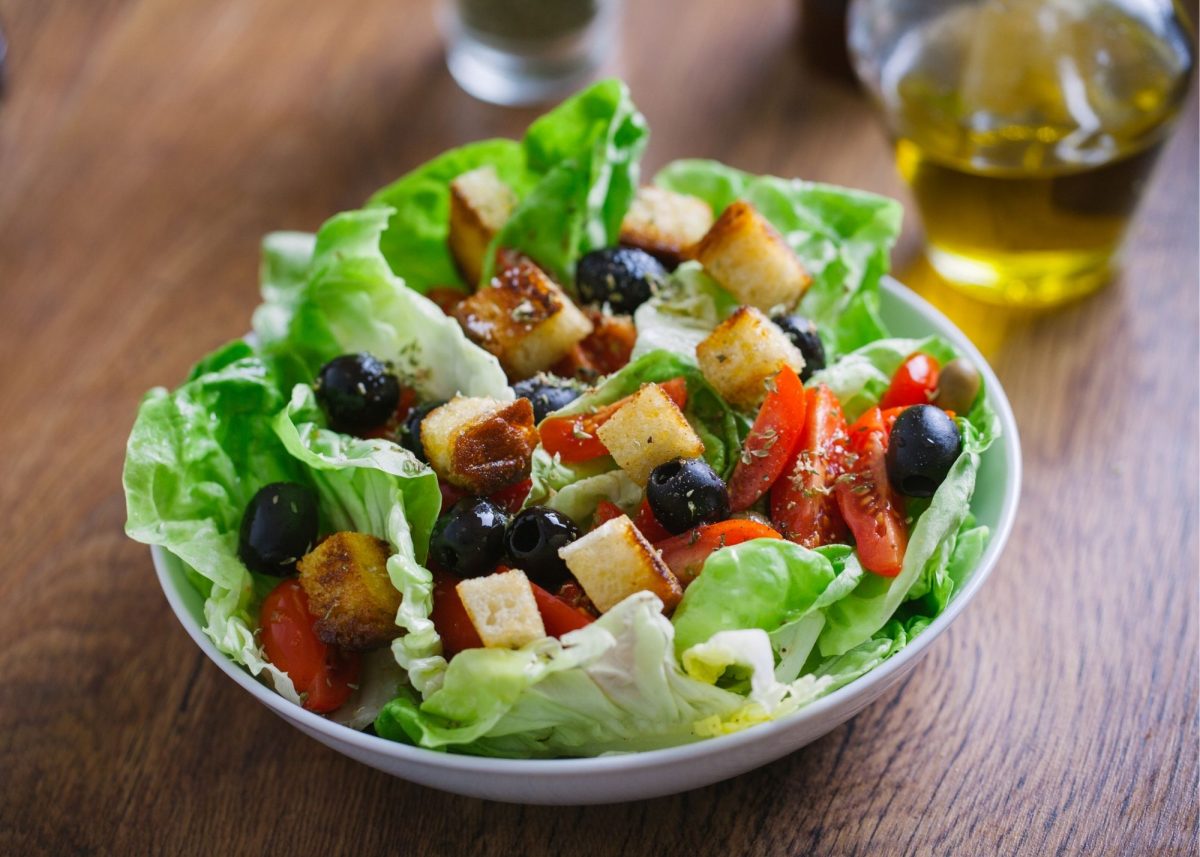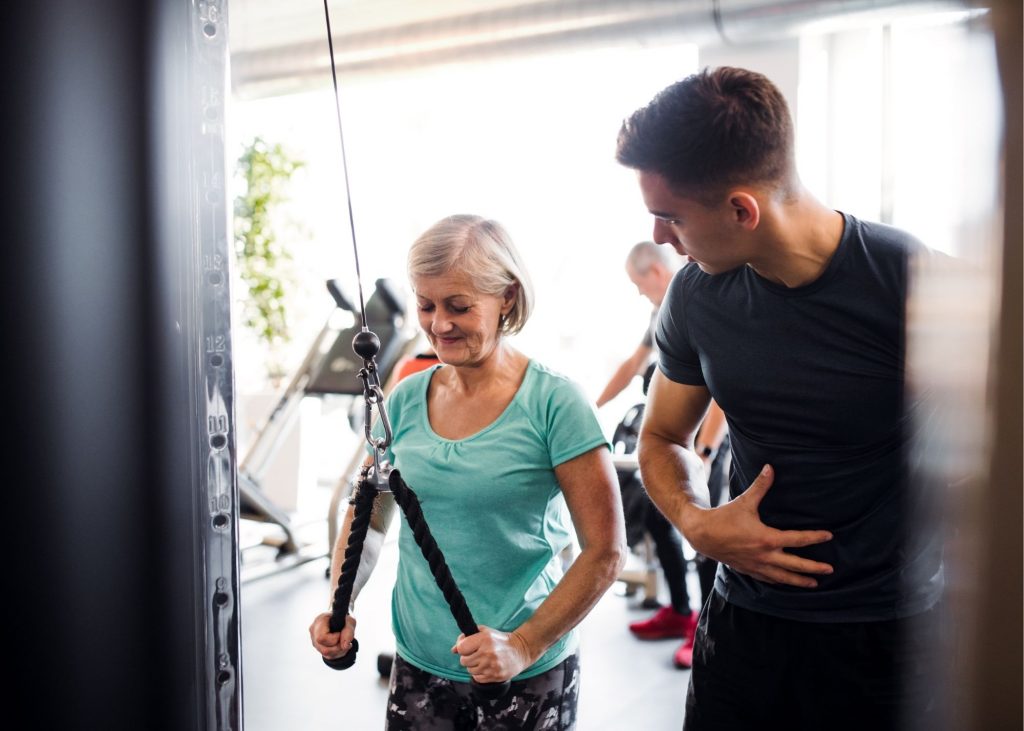
Overview
. Some elements of the Mediterranean diet are useful in the fight against arthritis
. Fish, grains and berries are foods you should look to incorporate into your diet
. Use discretion in regards to alcohol when trying to manage arthritis
What is the Mediterranean diet?
The first thing to do is actually define what the Mediterranean diet is. As Mayoclinic says ‘The Mediterranean diet is a way of eating based on the traditional cuisine of countries bordering the Mediterranean Sea. While there is no single definition of the Mediterranean diet, it is typically high in vegetables, fruits, whole grains, beans, nut and seeds, and olive oil.’
As a result, heavily processed foods, processed meats, trans fats and added sugars are usually avoided. Because it is based on a particular group of people and their lifestyle, the other major theme that often emerges is that is as much a way of life as a diet. Socialising, communal gatherings, even casual drinking, particularly of red wine, are not just tolerated but often actively encouraged as the social aspect is a major part of it all. Obviously you can take bits and pieces of it as you see fit but if you are going to follow the traditional Mediterraneans to the letter of the law you almost have to think lifestyle as much as diet.
What are the benefits of the Mediterranean diet?
Helpguide gives a good overview of the health benefits of the Mediterranean diet as well as some background information and lists the prevention of heart disease, reducing the risk of Alzheimer’s and Parkinson’s disease and the protection against type 2 Diabetes because of the high fiber intake as some of the benefits. Verywellfit gives their own breakdown and lists cancer prevention, benefit to arthritis sufferers, weight loss, slowing down cognitive decline and reducing blood pressure and cholesterol as some of the benefits.
Suffice to say that it’s a very popular and well known diet that has lots of supporters for the mental and physical benefits it possibly provides. Advocates of the Mediterranean diet love the freshness and vibrancy of the food and the fact that it encourages a more traditional way of living. As we said, excess sugar is avoided, meat is eaten sparingly and the focus is on food sourced from the earth – plant foods, fruit and vegetables, fish and seafood, all of which can provide value. For flavour, meals are cooked in olive oil and topped up with red wine. Like we said, with so much of the focus on natural food and social interaction, it feels like the sort of diet to really get you in the mood to live life to the fullest.
Is the Mediterranean diet helpful for arthritis?
When constructing a diet to reduce the symptoms of arthritis there are certain foods you can incorporate. These include fish, grain and berries amongst others. They provide value because they are good at reducing inflammation which is one of the keys to managing arthritis. We have previously looked quite extensively at why fish is good for both the heart and arthritis. Foods you should look to avoid are fats, sugar and salt. It’s a matter of common sense but you should avoid foods that inflame the condition and eat foods that improve the condition.
This health study goes on to say that ‘Twenty-four percent of subjects reported that foods affect their RA (Rheumatoid Arthritis), with 15% reporting improvement and 19% worsening. Blueberries and spinach were the foods most often reported to improve RA symptoms, while soda with sugar and desserts were most often reported to worsen RA symptoms.’ In regards to olive oil this study suggests it has a positive impact. It states that ‘Studies have also shown that incorporation of olive oil in diet decreases the risk of developing RA.’
Arthritis.org also backs the virtues of the Mediterranean diet in the battle against arthritis. They discuss certain studies that have proven aspects of the diet to be of benefit. They state that ‘the disease-fighting power of the Mediterranean diet stems from its ability to regulate inflammation by focusing on anti-inflammatory foods (berries, fish, olive oil) and excluding or limiting pro-inflammatory ones (red meat, sugar and most dairy). OA (osteoarthritis) is now known to have an inflammatory component, so this way of eating can lead to real improvements in joint pain.’
What about wine?
Wine is a staple in that part of the world and a key part of the Mediterranean diet but what is its affect on arthritis? The studies are varied but it’s generally accepted that excessive alcohol can be detrimental to those already suffering from the ailment. It can potentially inflame the condition.
But if you drink in moderation, it might not be all bad. You have to find the right balance. In regards to red wine there might be some good news. According to the Arthritis foundation: ‘Red wine has a compound in it called resveratrol, which has well-established anti-inflammatory effects. Some studies show wine consumption is associated with a reduced risk of knee OA, and moderate drinking is also associated with a reduced risk of RA.’
But it does also state that ‘many experts question the strength of these studies.’ However, other studies have drawn similar conclusions. This study states that ‘intra-articular injection of resveratrol may protect cartilage against the development of experimentally induced IA.’
But red wine also has a reputation for bringing other benefits to the table. Healthline looks at its virtues and suggests that it may help both the heart and mental health, promote longevity, help to combat inflammation and also be of benefit because it is rich in antioxidants. Mayoclinic also delves into whether a glass of red wine is good for the heart but the best advice seems to be to tread lightly and do so gently and moderately.
Look at all options
When looking a the big picture, The Mediterranean diet certainly has some elements to it that make it an attractive option. You can certainly source specific nutrients that have proven therapeutic value. But you still have to research thoroughly, consult with your doctor and consider all the other options at your disposal as well.
References
Mayoclinic: Mediterranean diet: A heart-healthy eating plan
Mediterranean diet for heart health – Mayo Clinic
Helpguide: Healthy eating – The Mediterranean diet
The Mediterranean Diet – HelpGuide.org
Verywellfit: 12 Health Benefits of the Mediterranean Diet
12 Scientifically Proven Health Benefits of the Mediterranean Diet (verywellfit.com)
NCBI: Diet and Rheumatoid Arthritis Symptoms: Survey Results From a Rheumatoid Arthritis Registry
https://www.ncbi.nlm.nih.gov/pmc/articles/PMC5563270/
NCBI: Managing Rheumatoid Arthritis with Dietary Interventions
https://www.ncbi.nlm.nih.gov/pmc/articles/PMC5682732/
Arthritis Foundation: Mediterranean Diet for Osteoarthritis
https://www.arthritis.org/health-wellness/healthy-living/nutrition/healthy-eating/mediterranean-diet-for-osteoarthritis
Arthritis Foundation: Best drinks for arthritis
NCBI: Effects of resveratrol in inflammatory arthritis
https://pubmed.ncbi.nlm.nih.gov/17115116/
Healthline: Can a Glass of Wine Benefit Your Health?
https://www.healthline.com/nutrition/benefits-of-wine
Mayoclinic: Red wine and resveratrol: Good for your heart?
https://www.mayoclinic.org/diseases-conditions/heart-disease/in-depth/red-wine/art-20048281






